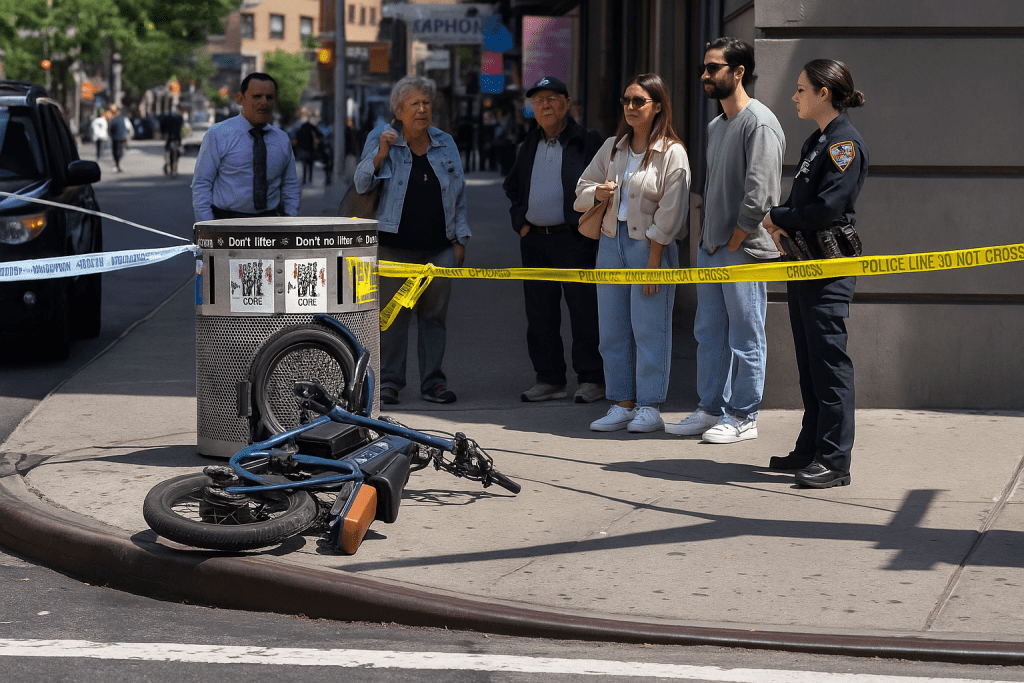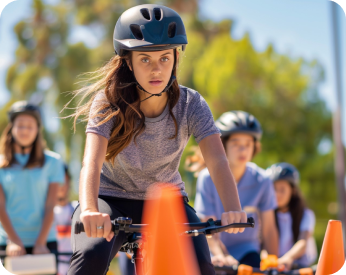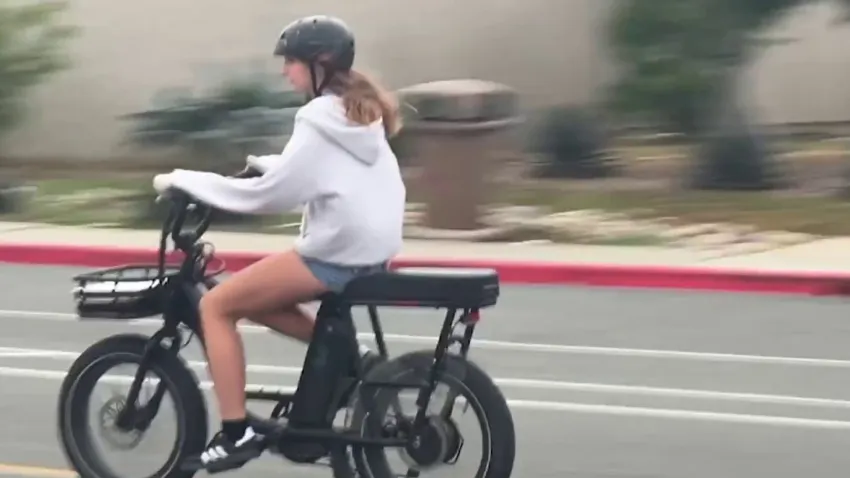Youth eBike Injuries Are Skyrocketing: Why Parents & Communities Must Act

ORANGE COUNTY, California – As a California law enforcement officer, I’ve seen a troubling new trend: eBike injuries among kids and teens are surging at an alarming pace. In Orange County, pediatric trauma cases at Children’s Hospital of Orange County (CHOC) rose from just 7 eBike injuries in 2019 to 116 in 2024 — a staggering ~1,500% increase. Most of these victims are teenagers (ages 14–16), but even younger children are now ending up in the ER with severe head trauma, broken bones, and internal organ injuries. Doctors note that eBike crashes often cause injuries more like high-speed car accidents – skull fractures, brain bleeding, shattered spleens and livers – injuries rarely seen from regular bicycle falls.

A Widening Crisis
The City of Huntington Beach has felt this crisis firsthand, with reported eBike crashes more than doubling in just two years (72 crashes in 2022 to 147 in 2024). Nearly half of these crashes involve underage, untrained riders – many of whom were not wearing helmets. And the issue isn’t confined to one city. San Diego, other parts of California, and communities across the U.S. are seeing the same pattern.
Statewide data show eBike collisions in California jumped 18-fold from 2018 to 2023, and trauma experts warn this surge is a nationwide youth safety crisis – one study found a 49-fold increase in e-bike riders with head trauma nationally over five years.
This is no longer a coastal anomaly or “only in OC” problem. It’s a nationwide youth safety emergency that demands attention from parents, schools, and community leaders.
What I’ve Seen in Law Enforcement
From my years working traffic safety in law enforcement, one fact stands out: these crashes are preventable. The common denominator is lack of training. Teens are operating devices capable of 20–28 mph speeds, often without helmets and without any formal training. That’s like giving a teenager the keys to a car without requiring driver’s ed.
Every time I respond to or hear about one of these crashes, I see the same heartbreaking reaction from parents — shock and grief that will stay with them forever. If only they had known beforehand. More conversations about safe riding, more training, more awareness. I don’t want anyone to have to experience this, and I will do all I can to ensure riders and parents get the proper training they deserve.
“It’s devastating for [parents] to see their kids have severe injuries and to know that they may have lifelong changes in just an instant.”
— Dr. Laura Goodman, CHOC
What Parents Can Do Today
Until laws and schools catch up, parents are the first line of defense. The most effective step you can take is enrolling your child in a VoltVerified hands-on training event, where they’ll learn the same safety skills law enforcement uses to ride smart and stay safe. Beyond that, here are three practical things you can do right now:
-
Enforce helmet use — every single ride. Not “sometimes,” not “just around the block.” Helmets are non-negotiable. And not just any helmet: VoltVerified recommends a MIPS helmet, which offers far better protection against the brain injuries we’re seeing in trauma centers.
-
Set hard limits. No passengers. Limit riding after dark. No reckless stunts. An eBike is a device capable of high levels of speeds — treat it that way.
- Lead by example. Our kids watch what we do. If they see you skipping helmets or bending rules, they’ll follow. Ride the way you want your child to ride.
How Communities Can Get Involved
Parents can’t solve this problem on their own. eBikes reach speeds of 20–28 mph, and we’re seeing the consequences in trauma centers across California. That’s why schools, law enforcement, and city leaders need to treat eBike safety the same way we treat driver safety.
We already require driver’s education before handing teens the keys to a car. The same logic should apply here: hands-on eBike training should be a requirement, not an afterthought.
This is not about limiting freedom — it’s about preparation. When kids and parents go through structured training together, they leave with the skills and confidence to ride safely. Without it, we’re relying on luck.
At VoltVerified, we’ve shown that hands-on training works. The model is proven, and the opportunity is here. What’s needed now is leadership — from schools, city councils, and community partners — to make training part of the standard for every young rider.
What’s at Stake
Behind these statistics is a teenager who didn’t come home, a parent wishing they could turn back the clock. This crisis isn’t about numbers — it’s about kids who deserve to grow up without life-altering injuries, or worse.
We have the tools, the data, and the programs to make a difference. The only question is whether we’ll use them. If we do, we’ll look back on this moment as the turning point when communities stood up and said: no more preventable eBike tragedies.





